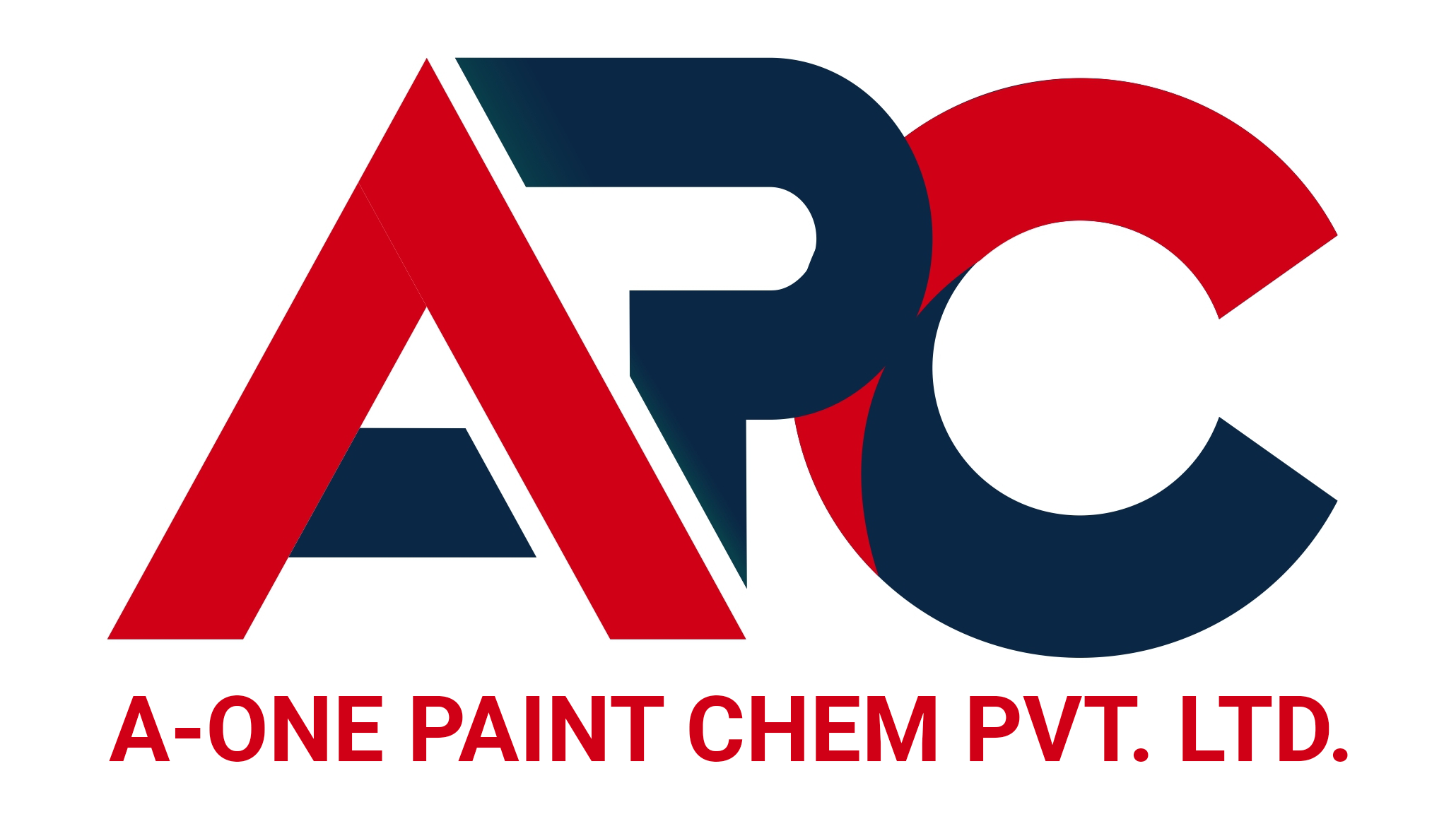GLASS FIBER
What is Glass Fibre
Glass fiber, also spelled as “glass fibre” in some regions, is a material composed of fine and thin strands of glass. It is commonly used as a reinforcing agent in various composite materials due to its high strength, lightweight, and resistance to corrosion. Glass fiber is widely used in industries such as aerospace, automotive, construction, marine, and sports equipment manufacturing. The process of producing glass fiber involves several steps:
Raw Materials: The primary raw material used to produce glass fiber is silica sand, which is abundant and cost-effective. Other materials, such as limestone, soda ash, and alumina, are also used in the manufacturing process.
Melting: The raw materials are heated in a furnace to extremely high temperatures (around 1500°C or 2732°F) until they melt and form a molten glass mixture.
Fiber Formation: Once the glass is molten, it is extruded through fine holes in a device known as a bushing. As the molten glass passes through the holes, it forms continuous strands or filaments.
Cooling and Solidification: The glass filaments are rapidly cooled with air or water, which solidifies them into thin, solid fibers.
Sizing: After cooling, the glass fibers are treated with a sizing or binding agent to improve their adhesion to resin matrices in composite materials.
Glass fiber comes in various forms, including:
Glass Fiber Roving: Long, continuous bundles of untwisted glass fibers.
Glass Fiber Chopped Strand: Short lengths of glass fibers, typically around 3-25 mm in length, used in thermoplastics and thermosetting resins.
Glass Fiber Cloth and Mat: Woven or non-woven fabrics made from glass fibers, used as reinforcement in composites.
Advantages of Glass Fiber:
High Strength-to-Weight Ratio: Glass fiber is exceptionally strong while remaining lightweight, making it an ideal reinforcement material for composites.
Corrosion Resistance: Glass fiber is highly resistant to chemical and environmental corrosion, making it suitable for use in various harsh environments.
Electrical Insulation: Glass fiber has excellent electrical insulating properties, making it useful in electrical and electronic applications.
Thermal Insulation: Glass fiber exhibits good thermal insulation properties, making it suitable for use in high-temperature applications.
Dimensional Stability: Glass fiber composites maintain their shape and dimensions even under stress and varying environmental conditions.
Cost-Effective: Glass fiber is relatively cost-effective compared to other high-performance fibers like carbon fiber.
However, glass fiber also has some limitations, including brittleness, susceptibility to breakage under impact, and a lower stiffness-to-weight ratio compared to carbon fiber. The choice of fiber material depends on the specific requirements of the application and the desired balance between performance and cost.
Interested in finding our innovative products & services, click here
Check our excellent service, competitive pricing
